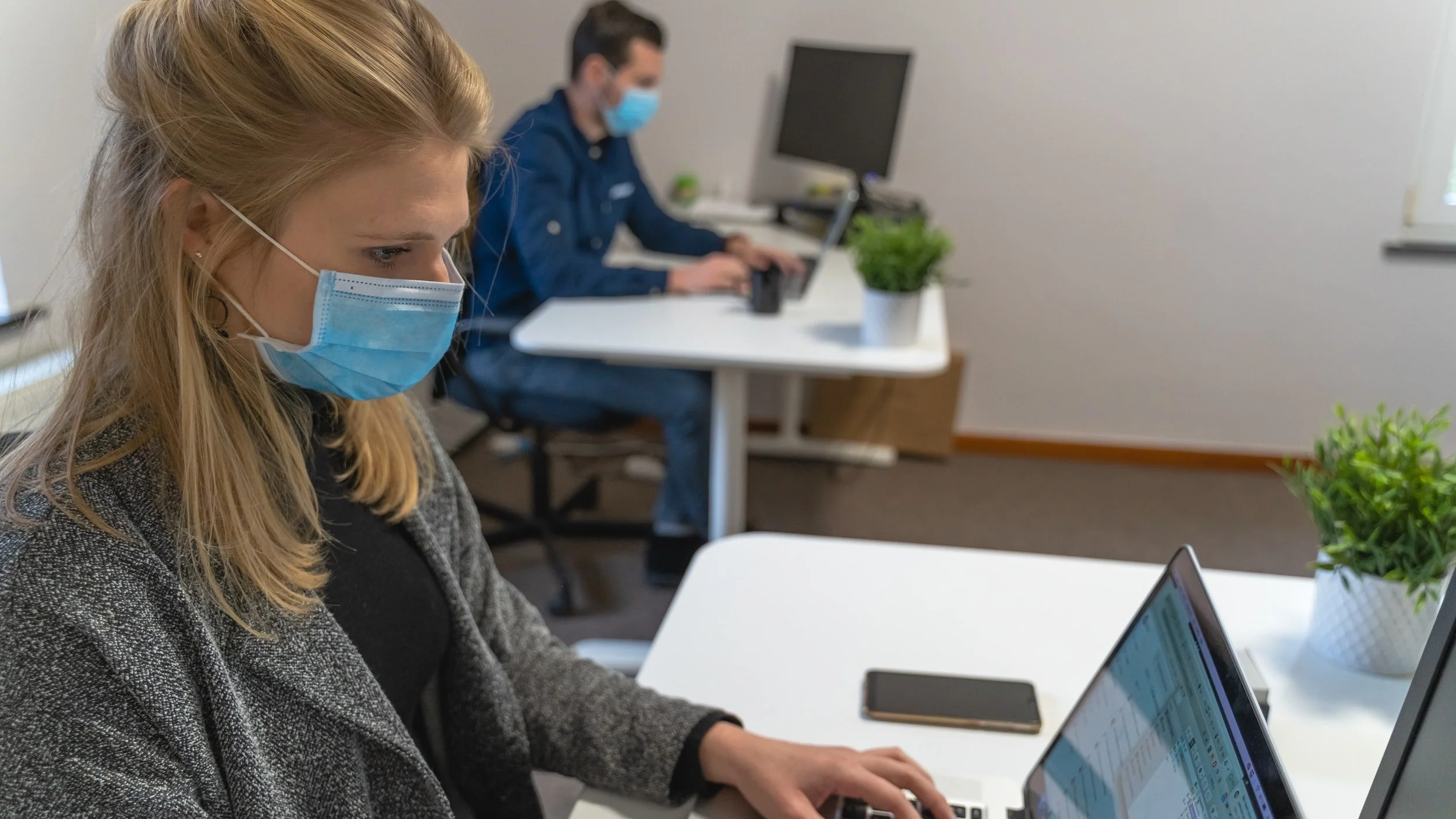Australian businesses must do all they can to prevent and address sexual harassment and discrimination happening in their workplaces. Here’s how to reduce your risks and comply with the new standards.
Read MoreTradies may be the lifeblood of your business, but are you protecting them against the risk and hazards in your workplace? Find out more about how you can better protect them and your operations.
Read MoreIt’s important that you understand which Award/s apply to your business and you need to know as there could be a number of Awards you need to pay your employees
Read MoreA company’s reliance on an expert employee to manage machine hazards created a "trap for inexperienced workers". A court fines it with $147,000 over an amputation incident and breach.
Read MoreEmployers and individuals have been reminded of the psychological consequences of occupational violence, following reports of aggression against COVID-19 vaccination staff and other frontline workers with the relaunch of It's Never OK anti-violence campaign.
Read MoreThe Queensland Industrial Relations Commission has cautioned employers against doing away with fair processes when managing incidents deemed less than serious, in finding an employer caused a worker's injuries by not giving her opportunity to respond to a complaint.
Read MoreWhen an employee has had a workplace illness or injury and hasn’t been able to work, employers (including their Return to Work Coordinator), employees and external stakeholders such as WorkSafe, and treating health professionals must work collaboratively to formulate a Return to Work plan for the worker.
Read MoreMany clients find the process of Impairment Benefits to be a confusing one.
As with all Workers Compensation benefits, subtle differences in thresholds apply across jurisdictions, but in most cases the process is very similar.
Read MoreThere is an increase in working from home arrangements. Workplaces across the country have had to adapt to ensure Work Health Safety requirements are met even if workers are at home.
Read MoreWorkers’ compensation schemes aim to minimise the cost and impact of work-related injury and illness. Workers’ compensation is jurisdictionally based, with coverage of injured workers based on the location of employment.
Read MoreMake WHS a regular part of running your business. Including WHS in your standard processes can improve normal standard practice for everyone involved in your business.
Read MoreIn most cases it will be clear whether a person is your worker and therefore covered for workers compensation purposes. However, this may not be so clear for your contractors.
Read MoreNew national work health and safety guidance has been developed by Safe Work Australia.
Read MoreEveryone in the workplace has a work health and safety duty and can help to ensure fatigue doesn’t create a risk to health and safety at work.
Examples of identifying factors that may cause fatigue in the workplace include:
- consulting workers about the impact of workloads and work schedules...
Businesses across all industries are affected to some degree by fatigue. However, certain types of work and particular sectors have an inherently higher risk of fatigue. In a work context, fatigue is mental and / or physical exhaustion that reduces your ability to perform your work safely and effectively.
Read MoreUnderstand the nature of the harm each hazard could cause, how serious the harm could be and the likelihood of it happening. In many cases the risks and related control measures will be well known. In other cases, you may need to carry out a risk assessment to identify the nature of the harm.
Read MoreIt’s the start of summer in Australia, and with the Northern hemisphere having recently experienced a record breaking year, it is likely we too may experience an unusually hot summer with extreme temperatures.
Read MoreIn the event of a work-related accident or illness, state and territory health and safety laws require injured workers have access to first aid, workers’ compensation and a return to work rehabilitation program.
Read MoreDue to the impacts of COVID-19, both state and federal governments have provided additional funding to deal with mental health. However, businesses can choose to implement their own Employee Assistance Program (EAP) within their workplaces.





















